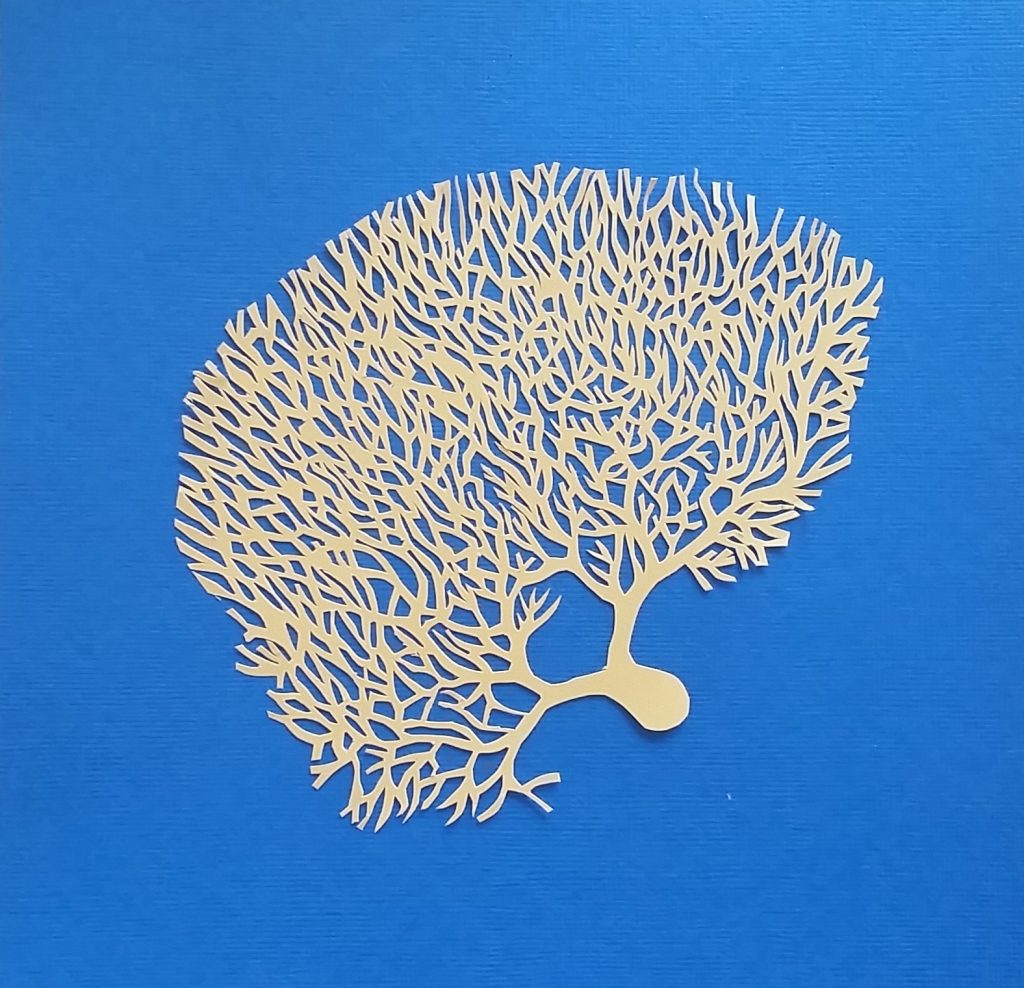Continuum of Caring
“If we are in an end-of-life situation, can I be with him?” I asked Lisa, the veterinary technician. She’d brought Alex, my springer spaniel, to my car after his oncology re-check.
COVID protocols had upended vet appointments. I’d park in a numbered space and text the receptionist. A tech wearing PPE fetched Alex. I’d wait in my car for the oncologist’s call, praying for continued remission.
“He looks good; I don’t find anything of concern,” I’d hear, and breathe relief. But as the months since chemo went by, the possibility of recurrence grew. The prospect of not being present to say goodbye, for Alex to feel safe and loved to the end, haunted me.
“Yes, we do allow clients to come inside then,” Lisa answered.
Prior to COVID, the waiting room overflowed with somber pet parents cradling grey-muzzled dogs; dogs with shaved abdomens, amputated limbs, or coats moth-eaten from chemo. So much innocence and vulnerability, love and fear. I’d feel guilty witnessing these sad tableaus, when Alex’s report read, “No evidence of disease.”
During his year-long treatment, I’d come to know the oncology staff. I wondered how they coped, day after day, treating pets with life-limiting illnesses, knowing that each case » Continue Reading.
Continuum of Caring Read More »






